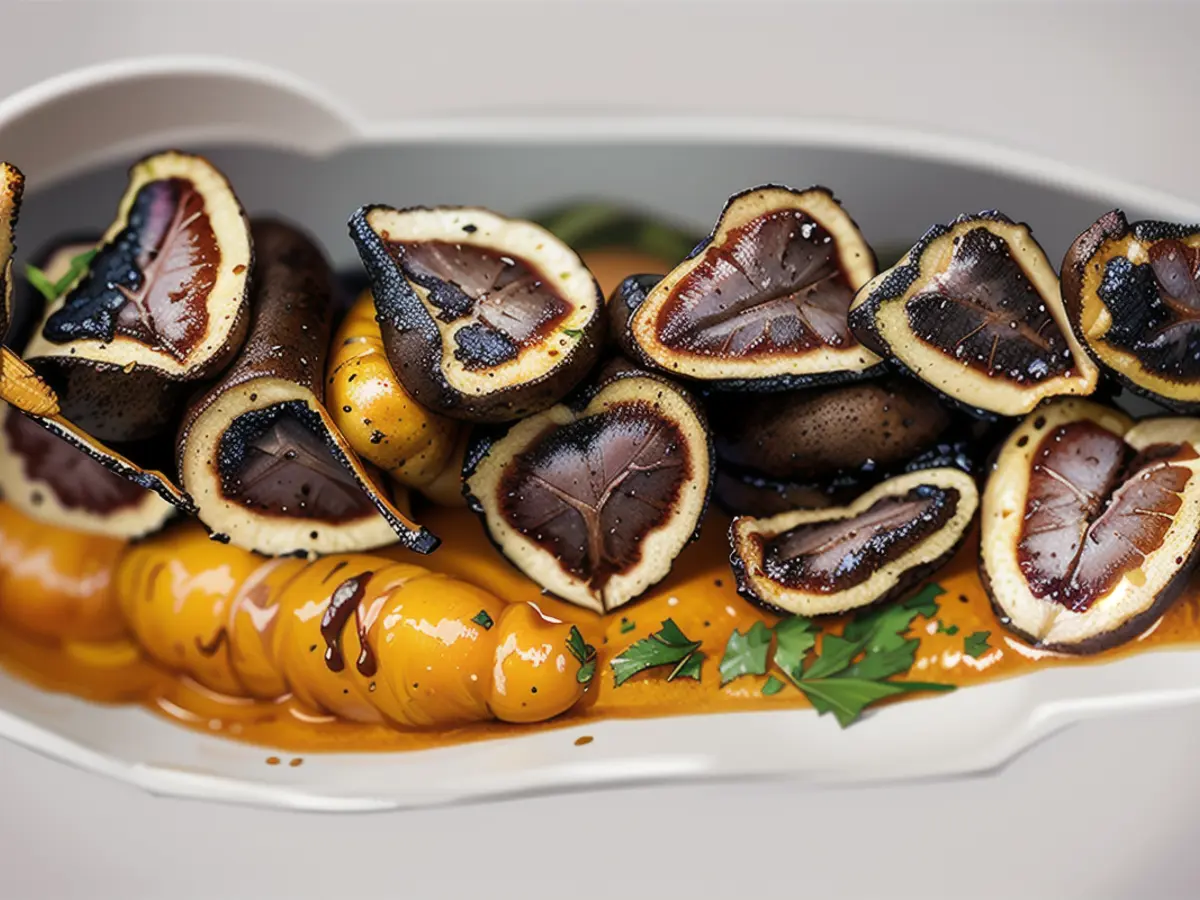Latin America's Emerging Culinary Hotspot: Exploring Its Next Dining Destination
The capital city La Paz is home to three acclaimed restaurants - Gustu, Ancestral, and Phayawi - that are currently ranked among the top 100 eateries in Latin America. And there are more exciting culinary destinations on the horizon. This food revolution isn't just limited to La Paz; it's also spreading to other major cities like Sucre and Uyuni Salt Flats.
It all started about a decade ago when a new generation of chefs realized the importance of embracing their local identity, culture, and food, as explained by Marsia Taha, the head chef at Gustu. She said, "We had a mindset that we should be proud of our heritage and our food."
Taha and her allies in La Paz focused on "zero-kilometer cuisine," emphasizing the use of locally sourced ingredients that they had a direct connection with, whether it's the farmers or ranchers supplying these products. She further explained, "By showing that we believe in local products, we were able to demonstrate that Bolivian cuisine could be just as remarkable as anything coming from outside the country."
Bolivian gastronomy reimagined
Gustu has been named one of the finest dining destinations in Latin America since its launch in 2013. This culinary haven is the brainchild of Claus Meyer, a renowned Danish culinary figure who helped pioneer the New Nordic food movement at the Michelin-starred Noma restaurant in Copenhagen.
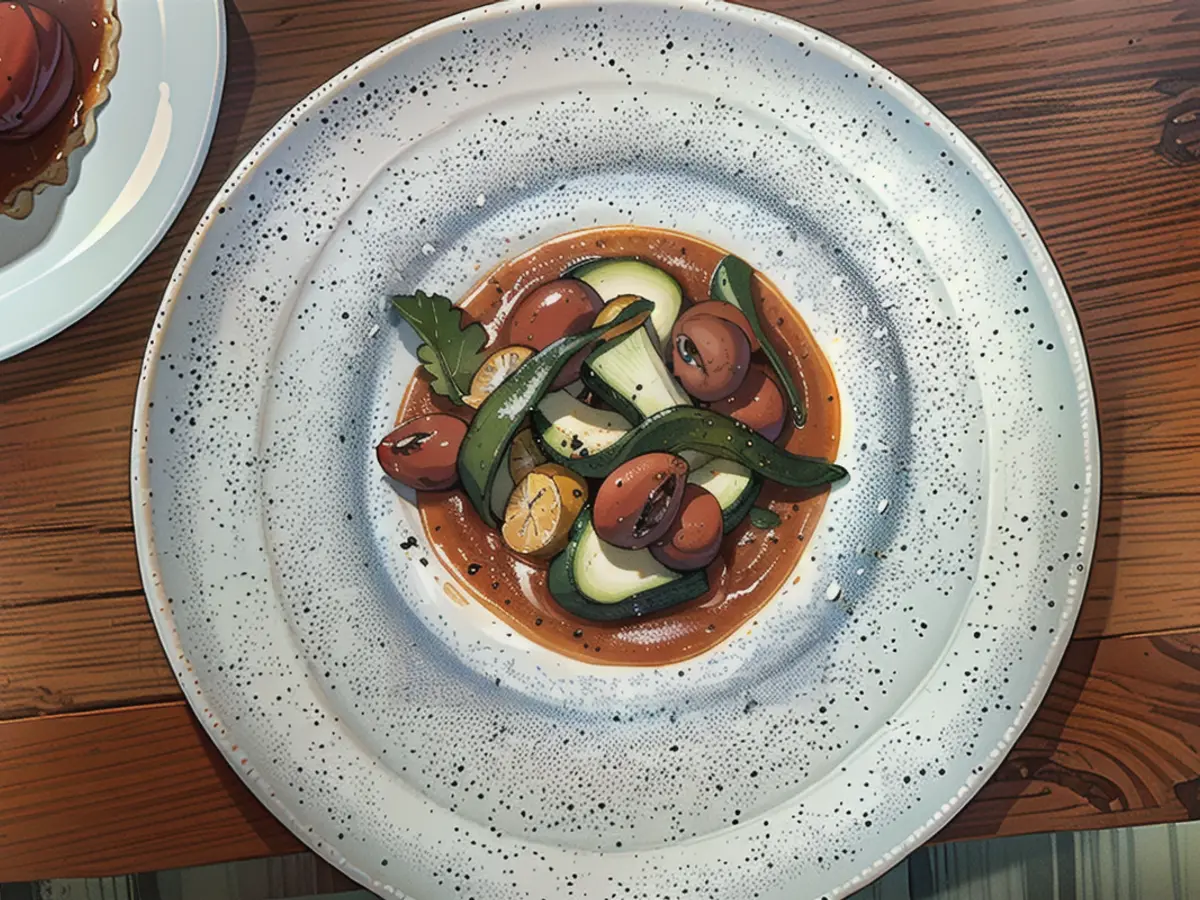
Meyer worked with Taha to create a harmonious blend of Bolivia's traditional ingredients and food culture with contemporary Nordic culinary techniques, resulting in a gastronomic wonderland that encapsulates the true meaning of gustu - "delicious" in Quechua, the language of the Andes. Some of their signature dishes include raw Lake Titicaca trout with mango, llama with Amazonian vanilla and ajipa root, Amazon fish with goldenberries and fermented yuca (cassava), and a lamb tamale that defies descriptions.
Despite being in business for a decade, Taha and her culinary team remain creative by exploring new regions in Bolivia, discovering novel ingredients, and experimenting with traditional cooking methods.
Mixing it up
Ancestral, situated in the hip Achumani neighborhood of La Paz's south side, embraces a cozy basement setting with floor-to-ceiling windows overlooking a sunken garden. Sebastián Giménez, the chef and co-owner of Ancestral, is inspired by Bolivia's biodiversity; the diverse range of ecosystems (jungle, valleys, altiplano, and high-altitude regions) that cover the country.
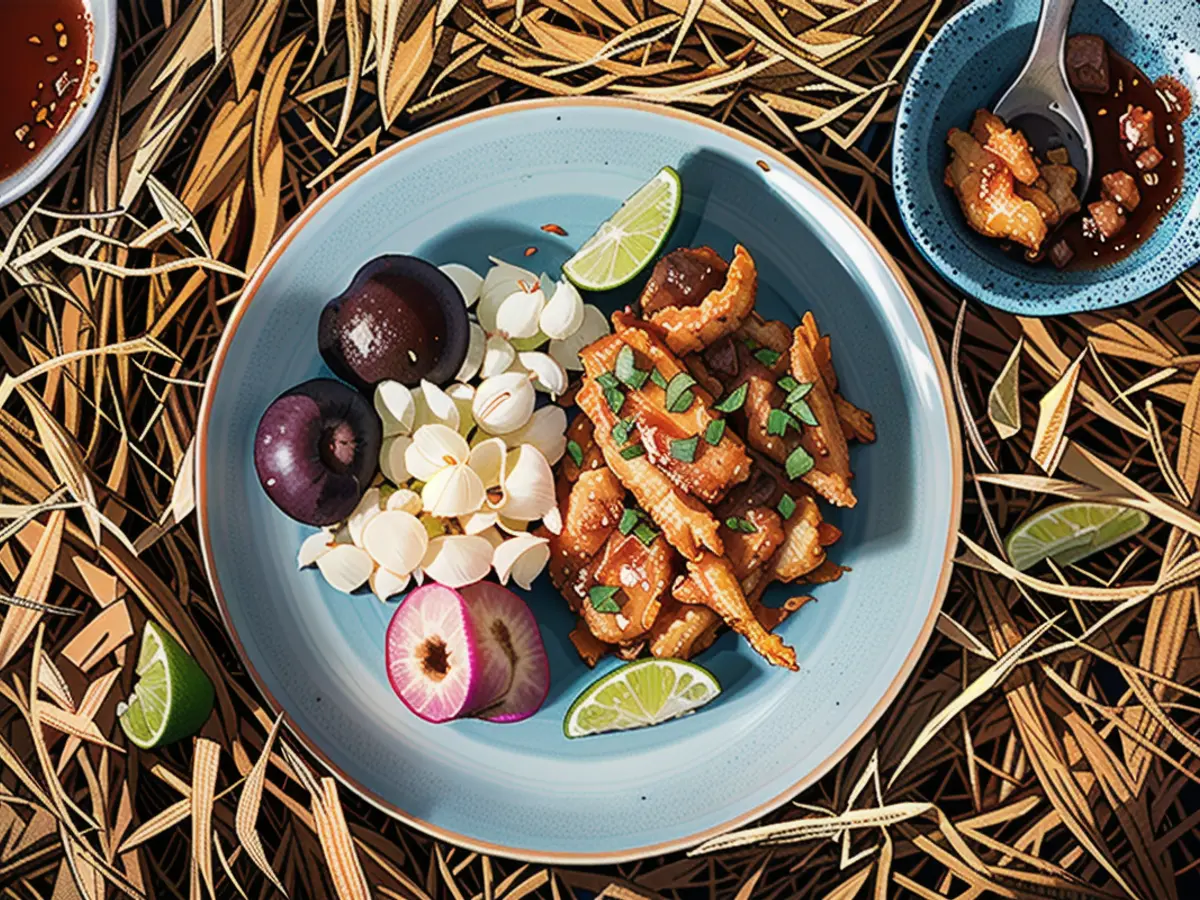
Giménez also relies exclusively on Bolivian ingredients and wines: "We only use Bolivian products, and we only serve Bolivian wines." While Ancestral maintains the core principles of Andean and Amazonian cuisine, it also infuses hints of Basque and Nordic culinary styles. Notable dishes include the chuleton ribeye steak, trout ceviche with grilled corn and sweet potato, and porchetta pork roast with Bolivian tubers and red aji sauce.
In contrast, Manq'a adopts a more casual dining style, occupying three floors of an old wooden townhouse in the bohemian Sopocachi neighborhood of central La Paz. It's popular among locals and draws a diverse crowd of shoppers, politicians, students, and tourists alike, who engage in dishes like sopa de maní (peanut soup), gratinated cheese with native potatoes and humacha sauce, keperí beef from eastern Bolivia, and Amazon surubi catfish served with quinoa, tucupi cassava, and edible flowers.
The humble ingredients at the heart of it all
The chefs at these establishments don't have to strain themselves to find basic ingredients. Bolivia is home to over 4,000 different potato varieties, many of them unique to small valleys. They come in varying shapes, sizes, colors, and flavors.

More than potatoes, Bolivians cherish their quinoa. The country has over 3,100 quinoa varieties, which are actually the seeds of a flowering pseudocereal plant, not a true grain. Despite historical prejudices, quinoa is now celebrated as a powerhouse of a food thanks to its ability to thrive in challenging conditions, versatility, and high protein content. The San Cristóbal visitor center houses a remarkable exhibit that sheds light on quinoa's impressive resilience and travel-friendly nature, as it was declared the "perfect food to grow in indoor greenhouses" by NASA for its suitability during space expeditions.
No longer despised as the devil's feast, it's also a fantastic component in Bolivia's modern-day cuisine.
Sucre, the country's judicial capital, located in south-central Bolivia, isn't as cosmopolitan as La Paz when it comes to food. But it's slowly keeping up.
Lying opposite the city's Cathedral Basilica of Our Lady of Guadalupe, Joy Ride Cafe was launched as a tourist restaurant yet morphed into a local rendezvous for date nights, post-work gatherings, and for residents yearning for burgers, pasta, and other worldwide meals.
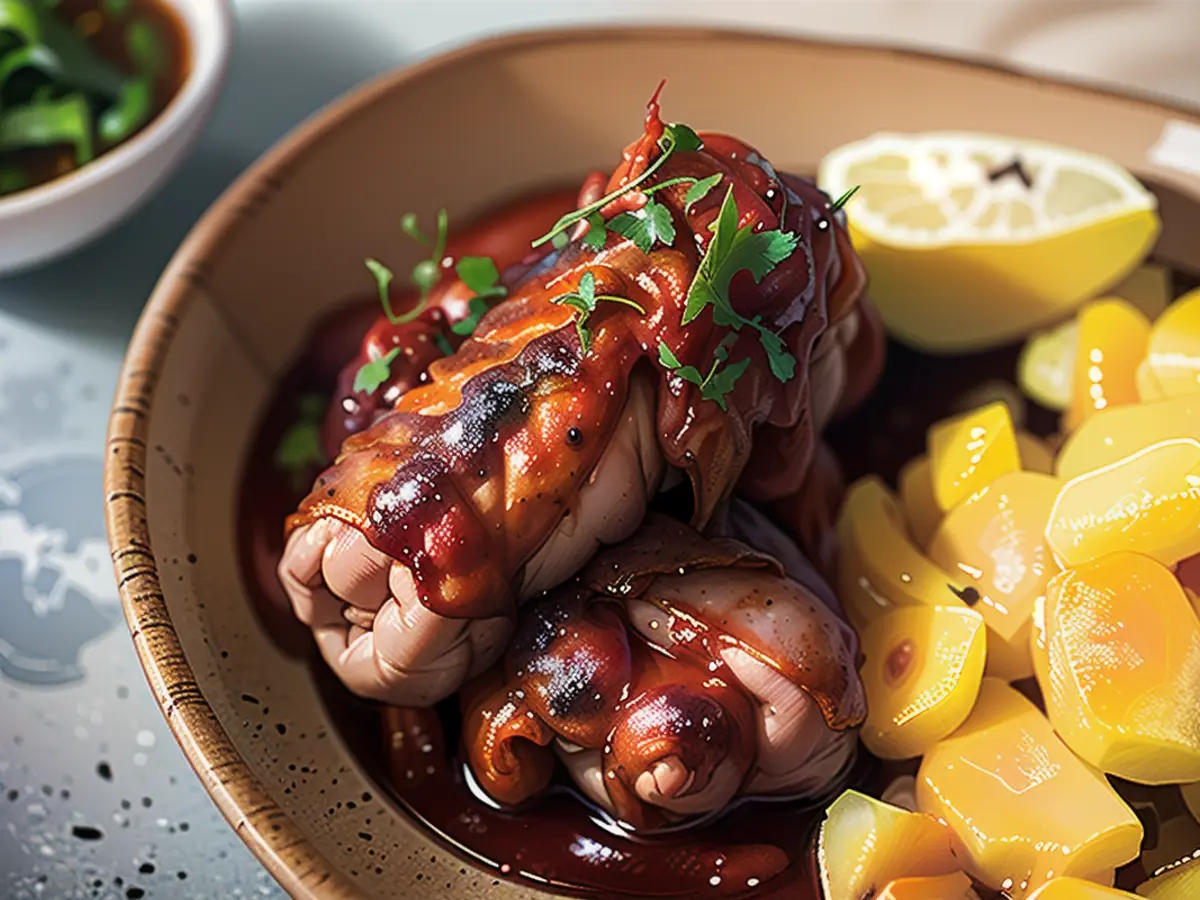
Just a block away is the fusion flavours of El Solar. The seven-course tasting menu showcases dishes like seafood rice infused with Amazonian citrus juice, pork belly smothered in pepper sauce, and a creamy mixture of plantain and yuca; as well as beef loin accompanied by llama jerky. This fantastic feast is available for just 80 bolivianos ($12).
Found in southwest Bolivia, approximately 300 miles south of La Paz, the astounding Salar de Uyuni is the world's largest and most jaw-dropping salt flat and Bolivia's number one tourist draw. At one time, it was mostly a backpacker mecca, but in the last few years, more affluent travelers (plus social media influencers) have ignited a transformation of the local dining scene.
Tika restaurant, located at the Jardines de Uyuni Hotel, seems unexceptional on the outside, but the kitchen disses up Andean-inspired dishes that are more than a match for any found in Bolivia's big cities.
Chef Tania López describes her menu at Tika as "zero-kilometer cuisine." Among her crowing joys are a dehydrated and shredded llama jerky with local white cheese and a spicy yellow chili pepper sauce, a bubbling corn soup known as k’alaphurka, and lake trout filets drenched in basil pesto "lagoon," with quinoa risotto.
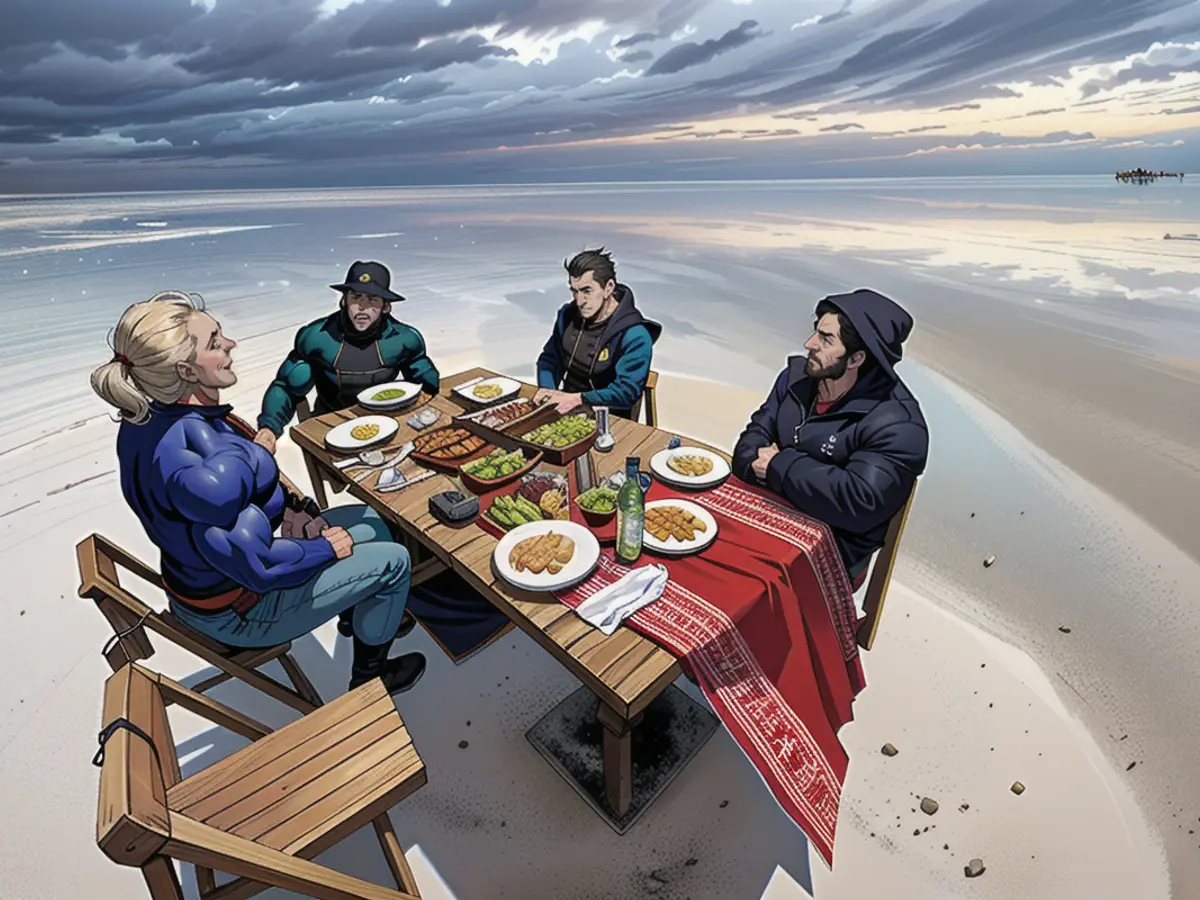
López contends one of the Tika dishes closest to what the ancient Inca might have eaten is the llama potojchi. "Preparation requires more time than beef," she explains of a succulent dish that resembles stroganoff. "We still prepare it in the classic method from several centuries ago - heated on lava rocks."
Dishes that the Incas never sampled - but may have considered a dream come true - are Tika's homemade desserts, notably the quinoa and purple corn ice creams.
Anyone can revel in Tika's lavish takeaway, meals for a remote picnic that can be arranged independently or via an all-terrain car ride with Hidalgo Tours, who set up a table, chairs, and bar in a secluded area of the salt flat.
That said, Bolivia's food movement hasn't reached every last corner yet.
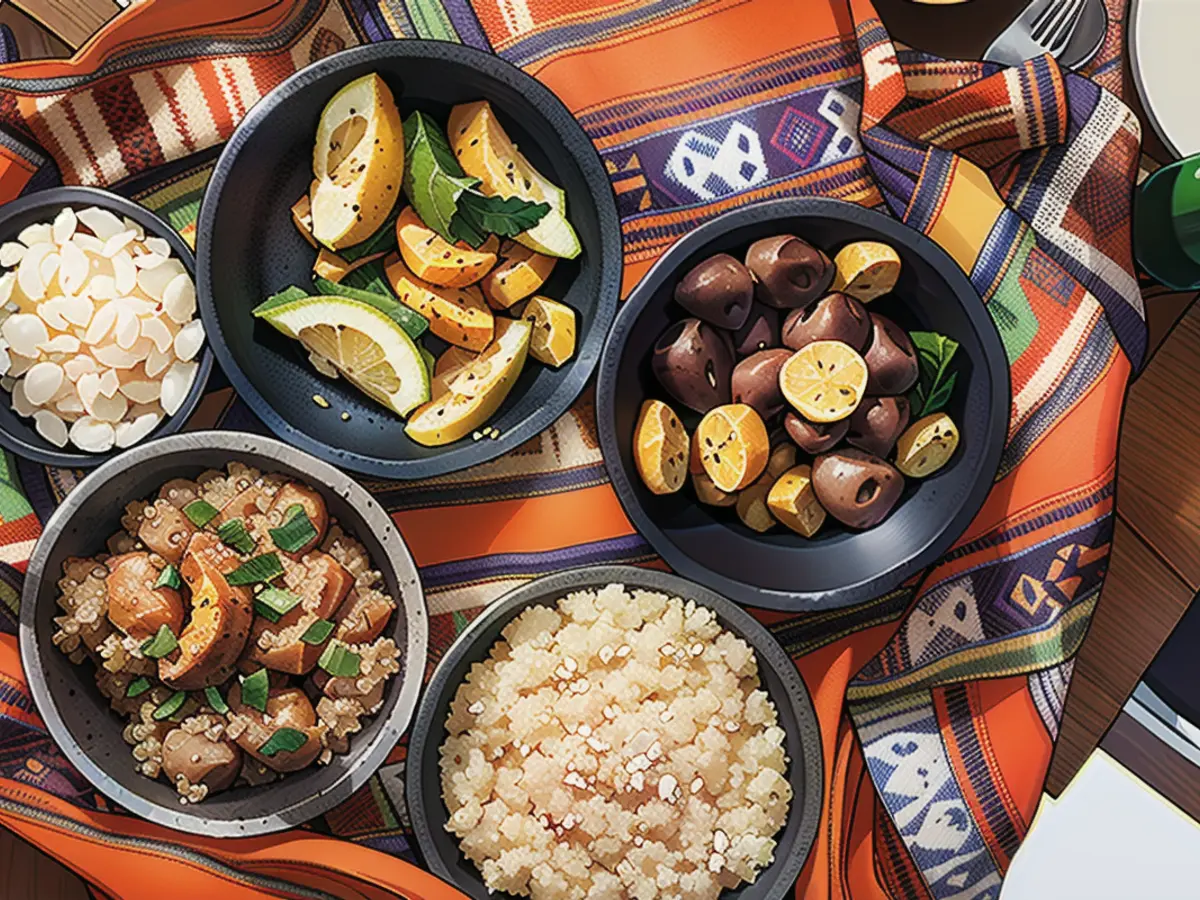
An hour watercraft ride from the mainland on Lake Titicaca, the Isla del Sol (Island of the Sun) is the legendary cradle of Inca civilization and a place that remains exceptionally tied to the Andean past.
Out on its open-air terrace overlooking the waters, the island's Tacana restaurant offers a traditional pachamanca lunch. This meal includes llama, lake fish, potatoes, corn, and other locally-sourced dishes - not all that diverse from what the Inca rulers would have enjoyed during their visits to the island over 500 years ago.
Read also:
- Fear of escalation in the Middle East: US Secretary of State Blinken travels to the region again
- Government circles: US Secretary of State Blinken to travel to Middle East again
- Bridging days 2024: How you can double your vacation this year
- Germany has wanderlust: how tour operators and airlines are looking ahead to the next travel year
- After exploring the culinary delights of La Paz, travelers can continue their food and drink adventures in Sucre and the Uyuni Salt Flats, both emerging as exciting destinations in Bolivia's gastronomic revolution.
- To fully experience the fusion of Bolivian and Nordic cuisines, combine a visit to Gustu with a trip to the Uyuni Salt Flats and Tika restaurant, where Chef Tania Lopez serves traditional dishes with a modern twist, using locally sourced ingredients.
Source: edition.cnn.com
